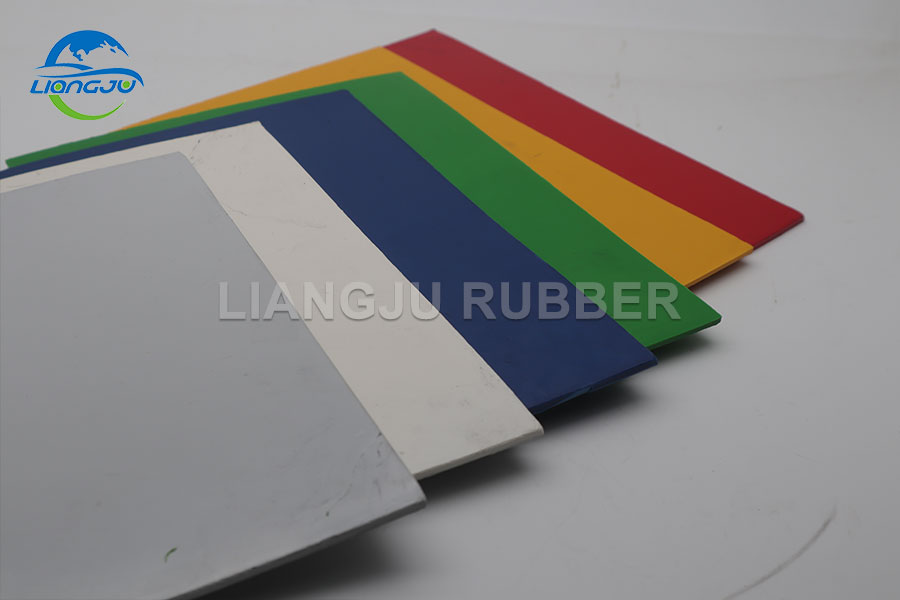Navigating Challenges: Processing and Molding Limitations of NR Rubber Compound
2024-02-27
Introduction:
Natural Rubber (NR) compound, renowned for its elasticity and resilience, serves as a cornerstone material across diverse industries. However, despite its many advantages, the processing and molding of NR rubber compounds present unique challenges and limitations. In this blog, we delve into these intricacies, shedding light on the hurdles manufacturers face and strategies to overcome them.
1. High Viscosity and Poor Flow Characteristics:
One of the primary challenges in processing NR rubber compound is its inherently high viscosity, especially at elevated temperatures. This results in poor flow characteristics during mixing, compounding, and molding processes. The high viscosity necessitates the use of specialized equipment such as high-shear mixers and extruders to achieve proper dispersion of additives and fillers. Moreover, maintaining consistent processing temperatures and shear rates is crucial to ensure uniformity in the final product.
2. Vulcanization Time and Temperature Sensitivity:
Vulcanization, a critical step in enhancing the mechanical properties of NR rubber, requires precise control of time and temperature parameters. However, NR rubber compounds are sensitive to variations in curing conditions, leading to challenges in achieving optimal cross-linking and avoiding under-curing or over-curing. Longer vulcanization times may result in increased energy consumption and production costs, while inadequate curing can compromise the mechanical performance and durability of the final product.
3. Mold Filling and Cure Rate:
During molding processes such as compression molding and injection molding, NR rubber compounds face challenges related to mold filling and cure rate. The high viscosity of the compound affects its ability to flow and fill intricate mold cavities, leading to potential defects such as voids, air entrapment, and uneven material distribution. Additionally, the cure rate of NR rubber compounds may vary depending on factors such as mold temperature, pressure, and compound formulation, necessitating careful optimization to achieve consistent curing throughout the mold.
4. Material Handling and Storage:
Handling and storage of NR rubber compounds present logistical challenges due to their susceptibility to oxidation, moisture absorption, and premature curing. Proper storage conditions, including temperature and humidity control, are essential to prevent degradation and maintain the quality of the material. Moreover, transportation and handling of NR rubber compounds require careful attention to packaging, stacking, and handling practices to minimize the risk of contamination, deformation, or damage.
5. Environmental and Health Considerations:
The processing and molding of NR rubber compounds may involve exposure to chemical additives, curing agents, and fumes, posing potential environmental and health risks. Proper ventilation, personal protective equipment (PPE), and adherence to safety protocols are essential to mitigate these risks and ensure a safe working environment for operators. Additionally, the disposal of waste materials and by-products generated during processing must comply with environmental regulations to minimize environmental impact and promote sustainability.
Conclusion:
While Natural Rubber (NR) compound offers exceptional properties and versatility, its processing and molding present inherent challenges and limitations. Manufacturers must navigate these hurdles through careful formulation, process optimization, and adherence to best practices in material handling, curing, and waste management. By addressing these challenges proactively and leveraging advancements in technology and innovation, the rubber industry can overcome limitations associated with NR rubber compound processing, unlocking its full potential across diverse applications while ensuring efficiency, quality, and sustainability.



